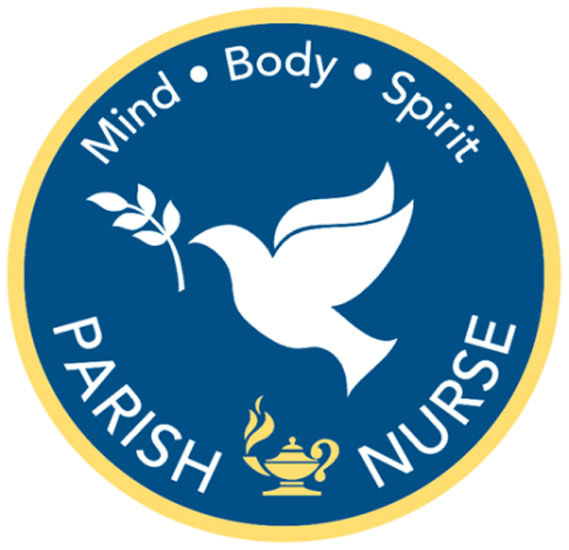This month I will continue First Aid with a review of
burn care. First, ask the injured what happened and if
you can help. Make sure that the reason for the burn has
been stopped or the person has been moved out of
harm. Remember if there is fire involved, use stop, drop,
and roll techniques.
Next determine the severity of the burn. Generally burns
are categorized as first, second and third degree
burns. First degree involves only the outer most layer of
skin. Symptoms include pain, redness and swelling.
These are minor burns and are only dangerous when
large or filled with debris. Second degree burns occur
when the first layer of skin is burned through to the
dermis or second layer of the skin. Symptoms include
severe pain, blisters and the wound is bright red or
splotchy. When a second degree burn is less than three
inches in diameter it is considered minor. When it is
large or involves hands, feet, private areas or a major
joint. Call 911.
The treatment for minor burns is the following:
• Cool the burn with cool water for ten to fifteen
minutes, or until the pain stops. Immerse the burn in
water if possible or cool compresses can be applied if
clean or sterile. Cooling stops the burn and decreases
swelling.
• Next, cover the burn with sterile gauze. Don’t use
fluffy material or anything that might contaminate
the burn. Wrap loosely and avoid pressure. This will
prevent infection, protect blisters and decrease pain.
• Watch for signs of infection, including Increased
pain, swelling, redness or fever. Call a doctor if any
of these occur.
Some pigment changes can occur with burns. Avoid
tanning or re-injury for one year. Use sun block. Don’t
use ice because it may cause more damage. Don’t apply
egg white, butter or ointment, which can hold in the heat
or cause infection. Try not to break a blister, it is a
protection for the burn.
Third degree or large second degree burns are serious.
Call 911. All layers of skin are involved with tissue
damage. The burn may look black or charred or
white. Watch for breathing difficulty from smoke and
heat. While waiting for the emergency crew, make sure
you and the victim are safe, don’t remove clothing, don’t
immerse large burns in water because this may cause
shock. Check breathing and circulation. Begin CPR if
necessary. If you can, elevate wounds above heart level.
Cover the wound with cool moist sterile gauze or clean
towels if possible. Stay with the victim until emergency
personnel arrive. Try to help the victim remain calm.
Victims should be aware that tetanus is possible when
burns occur. They should call their doctor for
immunizations. Go to mayocliniclinic.com for more
information.


